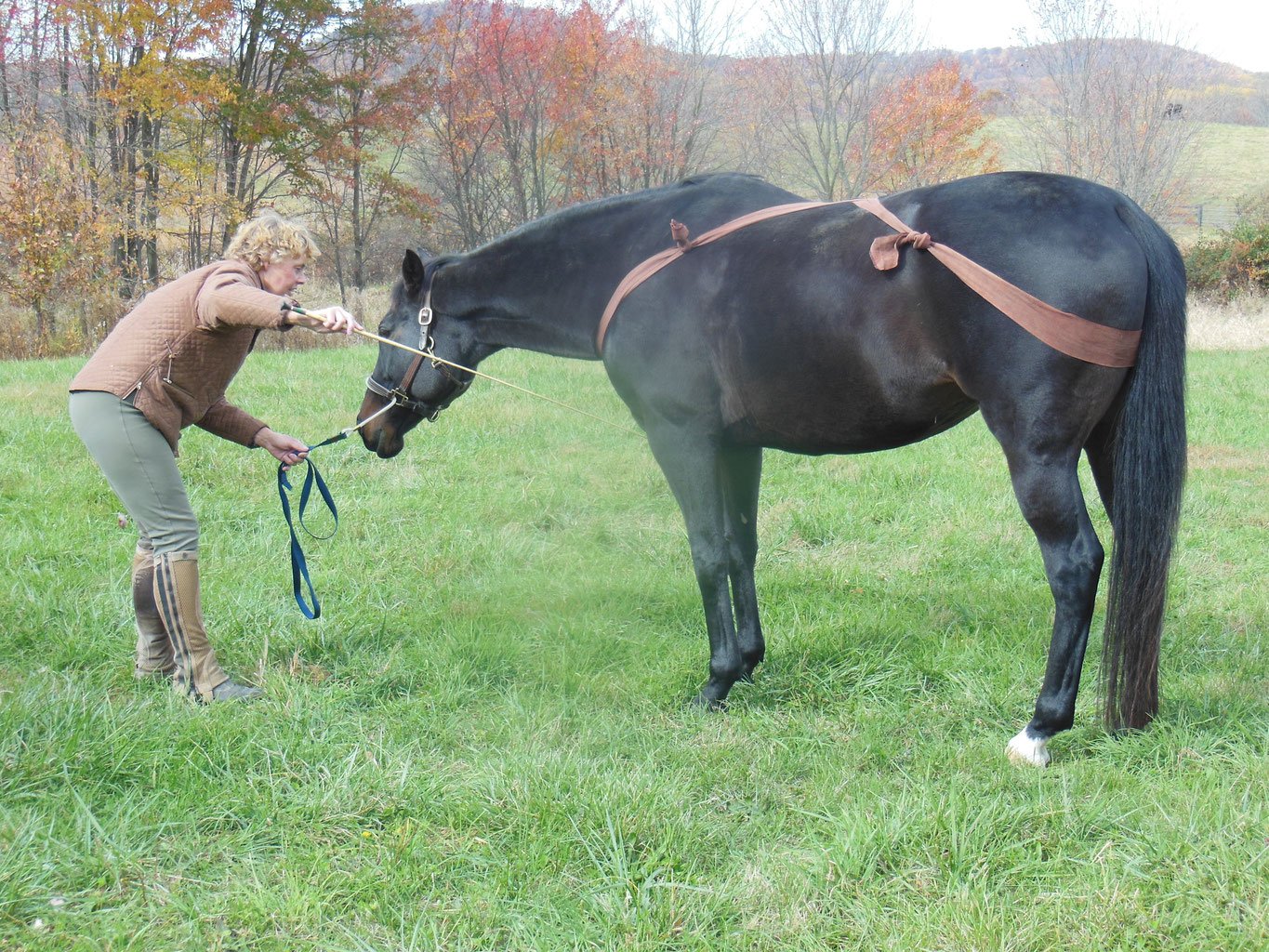My first career was as a medical researcher studying the mechanisms that caused premature birth. I spent a lot of time looking at the way hormones in the fetal brain worked to set the timing of birth. It was detailed and precise work. But while I spent weeks, months, and years in the lab, a fellow was sitting at his desk a few doors down from me who did no research. I would often catch him staring out of his office window, deep in thought instead of in his laboratory. But from my perspective, my friend was the most important person in the department. I could walk into Roger’s office after getting some lab results and ask him what he thought they meant. Roger would pull out a paper from Joseph Barcroft in 1930s, Mont Liggins in the 1960s and Colin Jones in the 1970s and place my study in a context that made absolute sense. While I was focused on the small picture of MSH receptors in the fetal brain, Roger was seeing the big picture of the entire fetal hormone cascade and how it triggered birth. He was brilliant and invaluable.
We live in an age of specialization. At one time, the person who started your horse under saddle was the same person who gave you riding lessons, was your saddle fitter, and worked as your farrier. The vet was the medical expert, bodyworker, nutritionist, and dentist. But nowadays, there are people who are specialist in any aspect of the horse industry you care to name. They know a lot about a little, instead of a little about a lot. I believe we and our horses are better for it.
But I also believe we pay a price for all the specialization. It means most professionals know a lot about 1 or 2 things, but very little about the other 20 things that we might need them to know. This can lead to professionals fixating on the subject they know well and miss something important outside their expertise.
Let’s consider just one example. Consider addressing straightness problems in horses. A bodyworker may look at crookedness as a muscle development or physical soreness problem. A riding instructor may look for problems in a rider’s position. A trainer may look at resistance to pressure. A farrier may look at hoof or lower limb problems. An owner may look at possible ulcers. As saddle fitter may look at changing saddles. An acupuncturist will look for blockage of energy meridians. Maybe all those things need addressing, maybe only some, or maybe none.
I am reminded of the adage, “when you only have a hammer, everything looks like a nail.”
When we ask a horse a question and we get resistance, we need to ask is it because of (i) a physical restriction, (ii) a mental/emotional conflict, or (iii) both? One may lead to the other, but finding the solution often requires taking many different paths.
I strongly believe we have benefitted from the trend of having people with expert knowledge in specialty areas. However, the cost of that is that most horse owners have lost the generalist knowledge that enables them to assess if the specialist knows what they are talking about or which specialist they should believe. The result is that many of us let the expert do the decision making for us. The onus is on us to gain the knowledge to critically evaluate which expert is best for our horses. We can’t entirely surrender our horse’s welfare to strangers who only have a narrow view of the bigger picture. The responsibility is ours.
TTouch practitioner doing their bodywork thing

